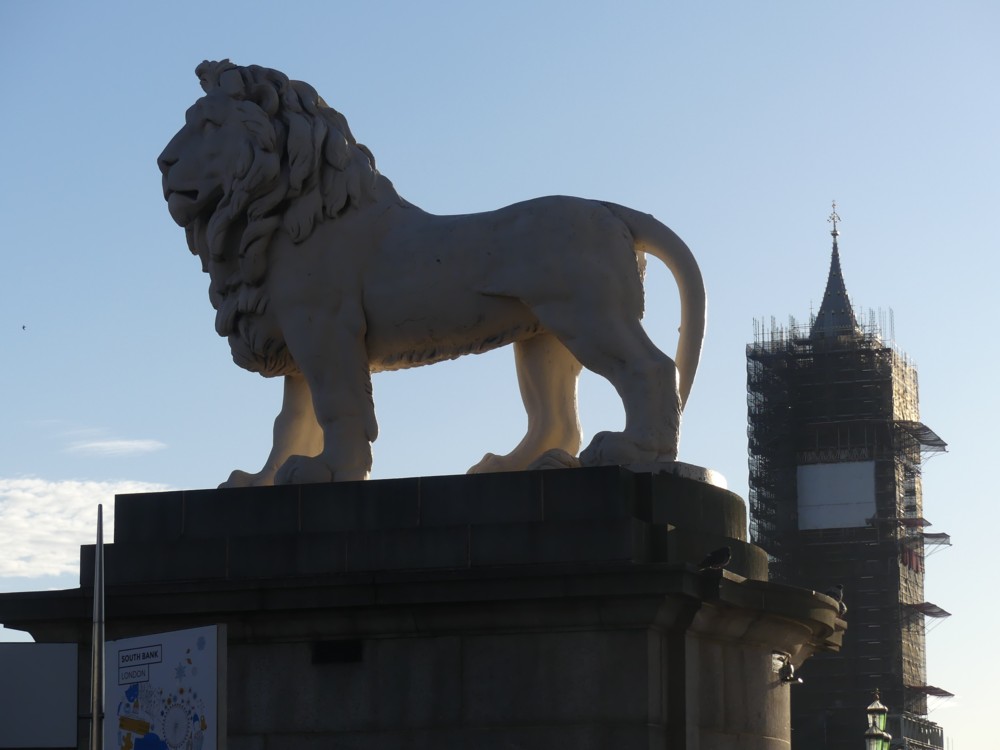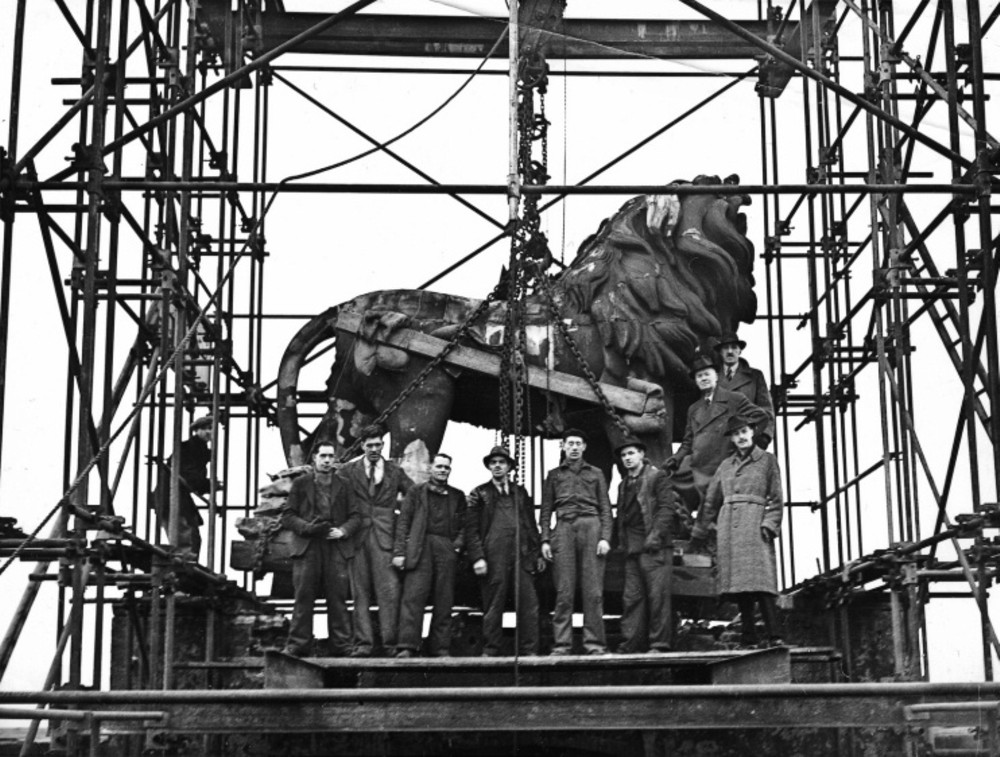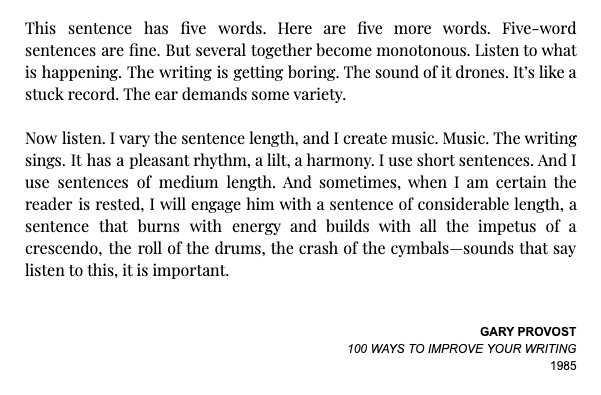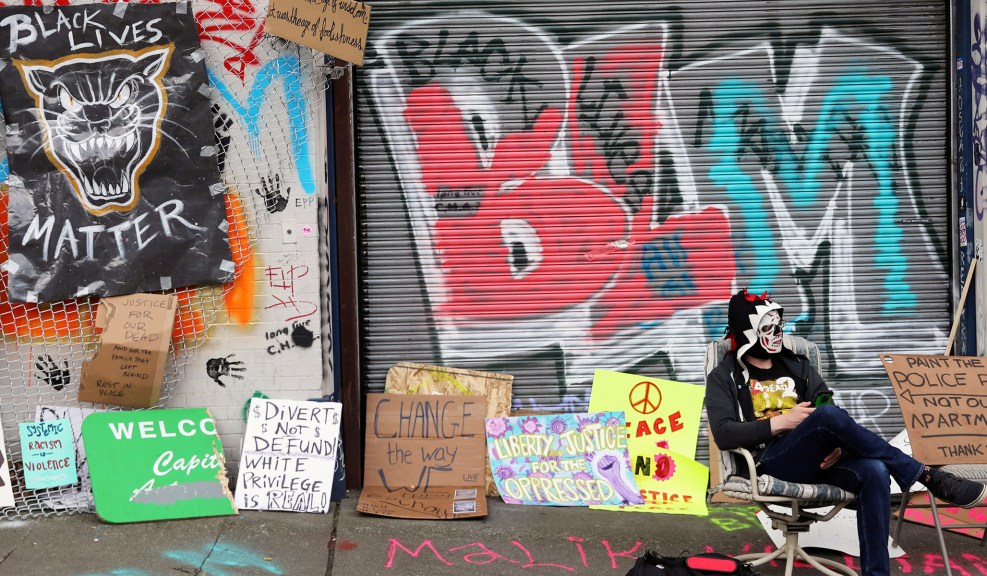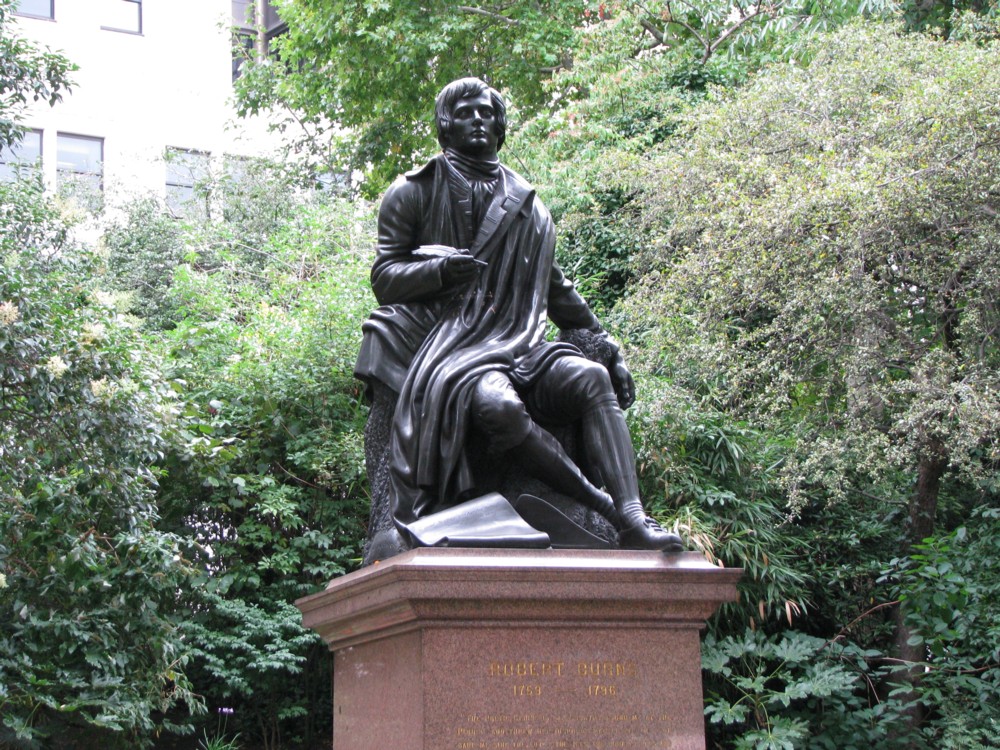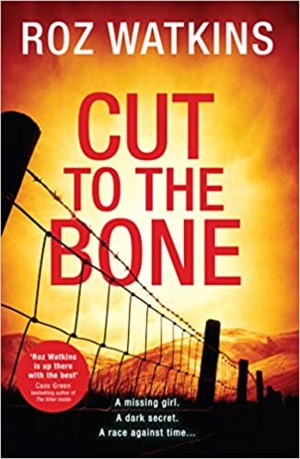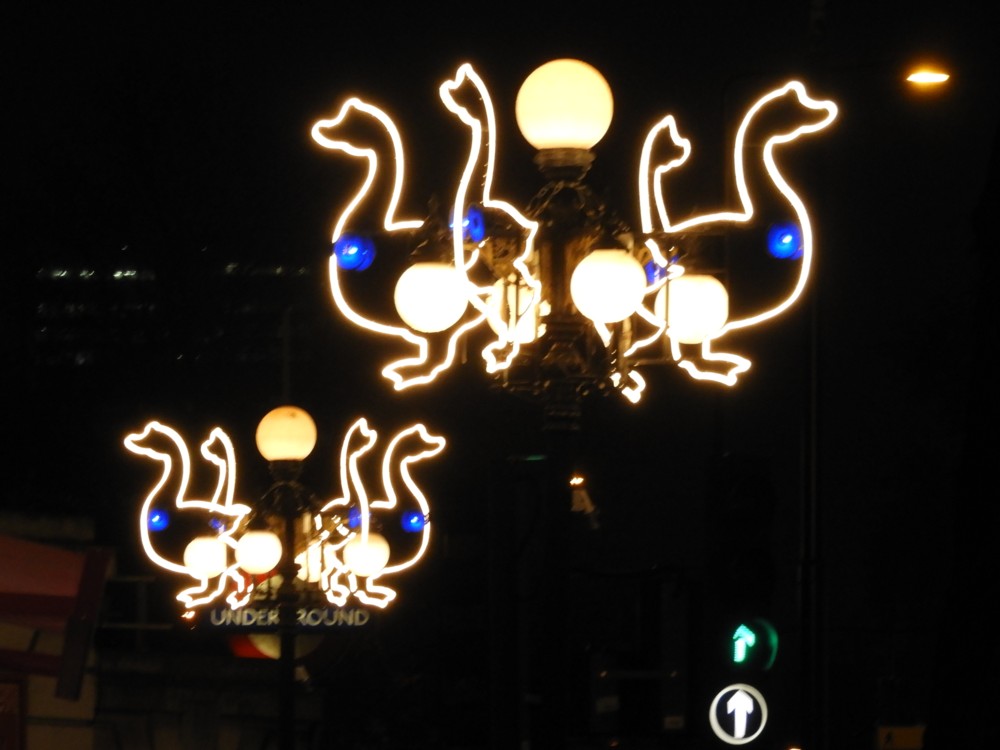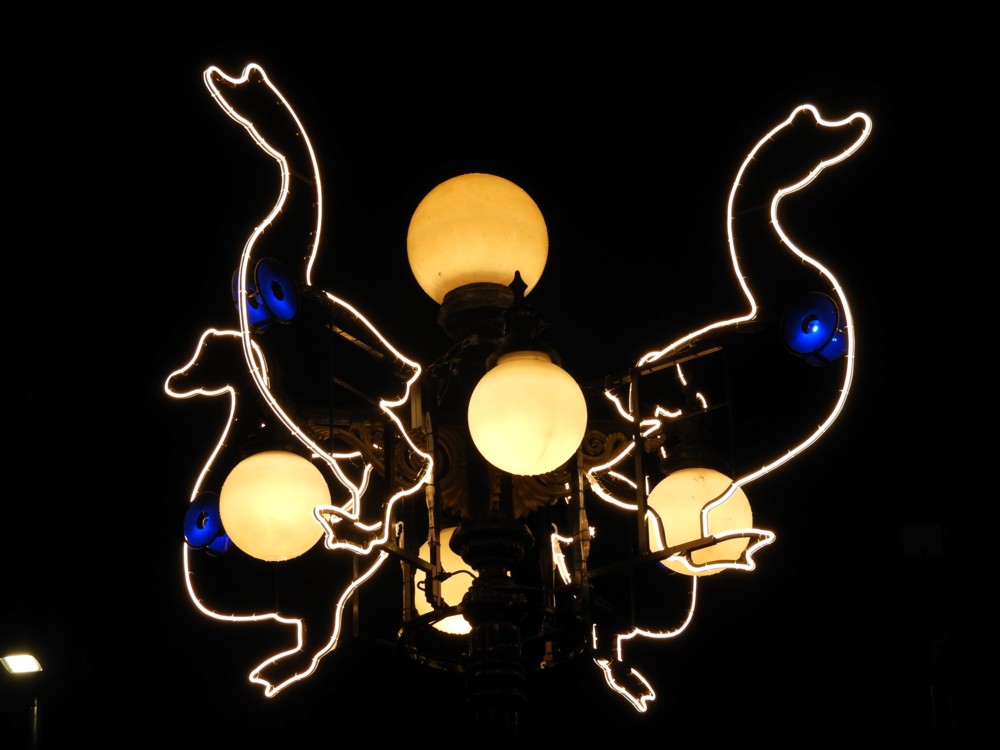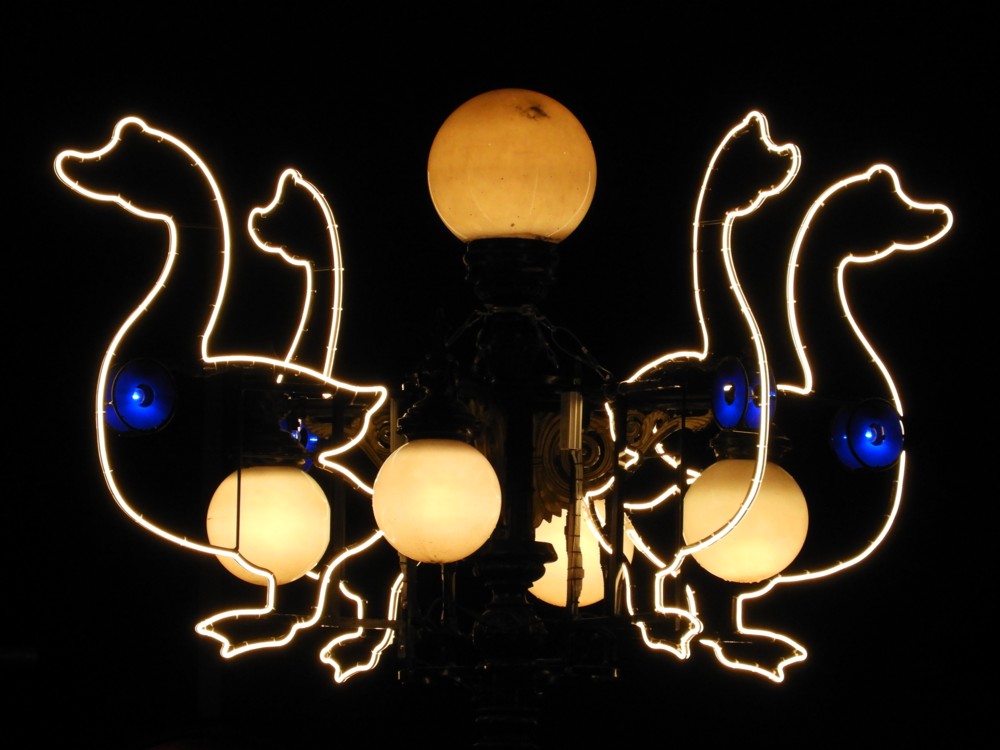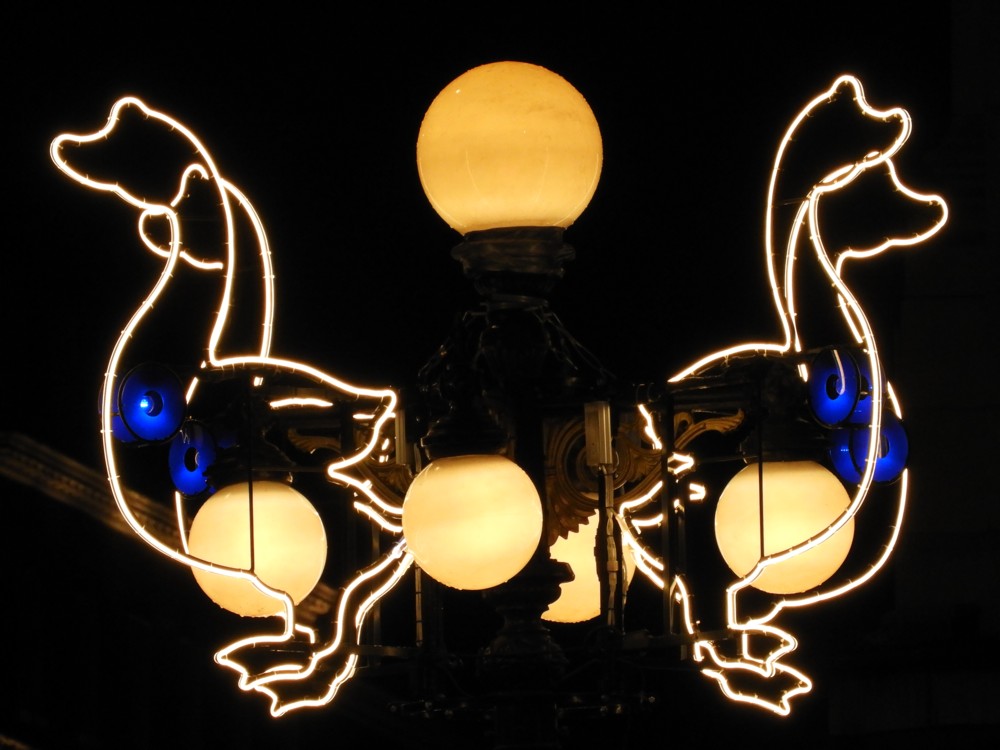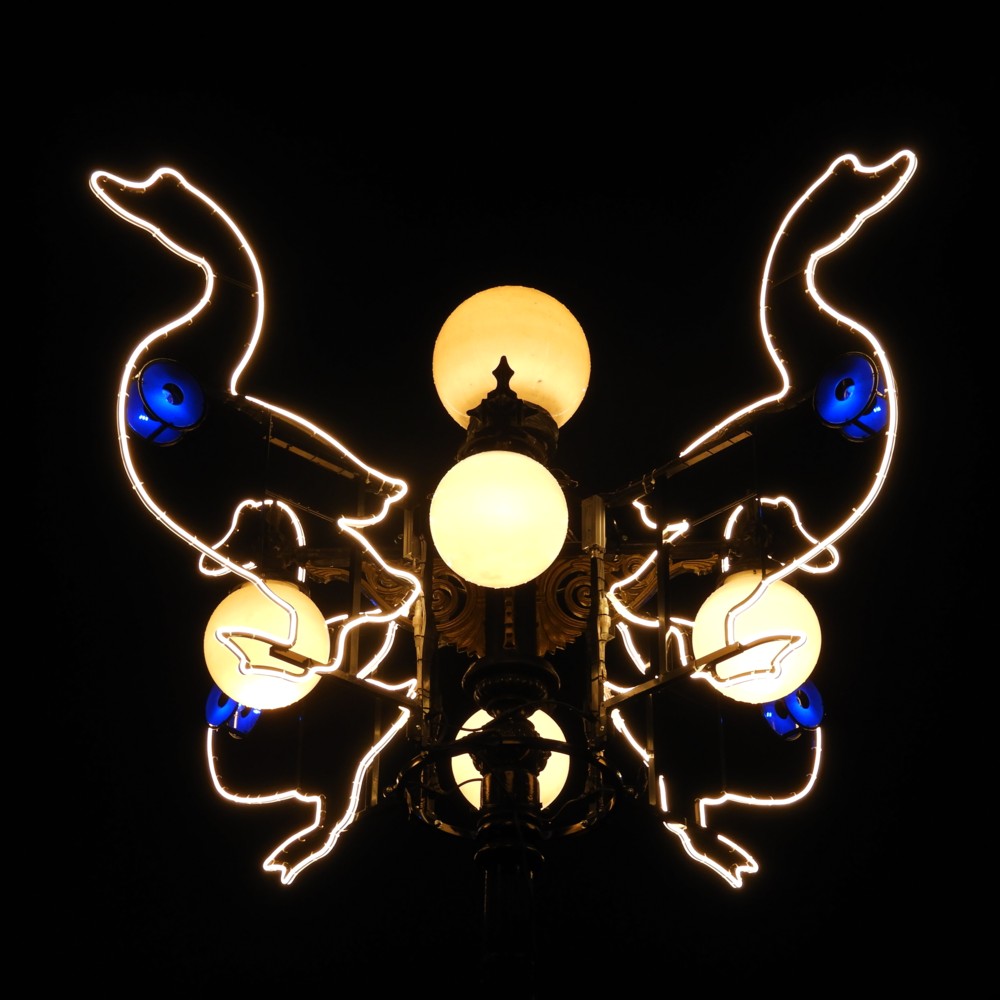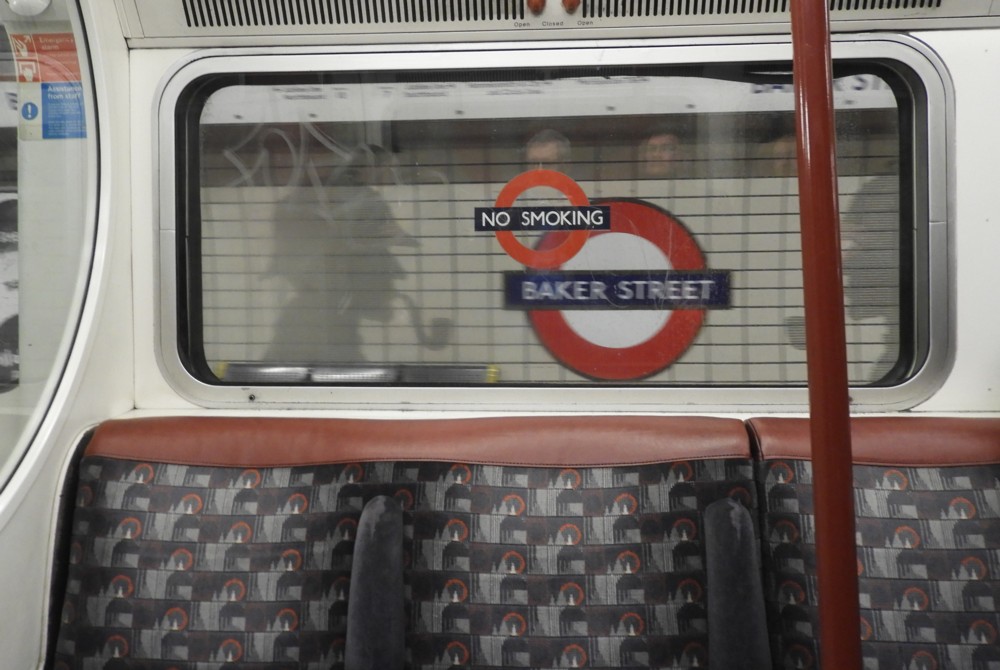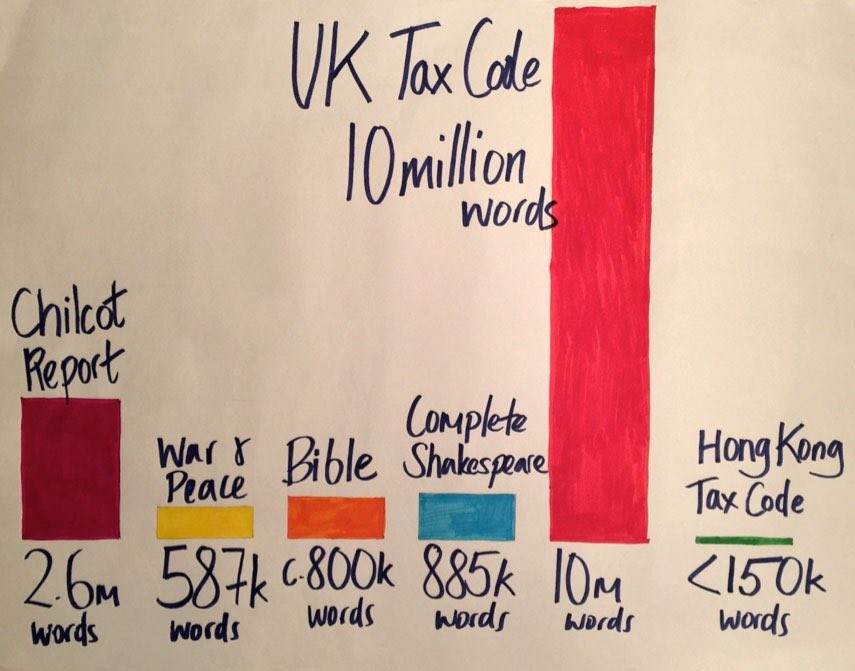I was reading this piece by Will Self about the baleful effect upon literature of the internet, screen reading instead of proper reading from paper bound into books, etc. But then I got interrupted by the thought of writing this, which is about how a big difference between reading from a screen, as I just was, and reading from a printed book, is that if you are reading a book, it is more cumbersome, and sometimes not possible, to switch to attending to something else, like consulting the county cricket scores (Surrey are just now being bollocked by Essex), seeing what the latest is on Instapundit, or tuning into the latest pronouncements of Friends on Facebook or enemies on Twitter, or whatever is your equivalent list of interruptions.
This effect works when I am reading a book in the lavatory, even though, in my lavatory, there are several hundred other books present. The mere fact of reading a book seems to focus my mind. Perhaps this is only a habit of mine, just as not concentrating is only a habit when I am looking at a screen, but these onlys are still a big deal.
The effect is greatly enhanced when I go walkabout, and take a book with me. Then – when being publicly transported or when pausing for coffee or rest or whatever – I cannot switch. I can only concentrate on the one book, or not.
It’s the same in the theatre or the opera house, which friends occasionally entice me into. Recently I witnessed Lohengrin at the Royal Opera House, Covent Garden. The production was the usual abomination, but the orchestra and chorus were sublime, as were occasional bits of the solo singing. And I now know Lohengrin a lot better. Why? Because, when I was stuck inside the ROH, there was nothing else to do except pay attention. I could shut my eyes, which I often did. But, I couldn’t wave a mouse or a stick at it and change it to The Mikado or Carry on Cleo, even though there were longish stretches when, if I could have, I would have. It was Lohengrin or nothing.
I surmise that quite a few people these days deliberately subject themselves to this sort of forced concentration, knowing that it may be a bit of a struggle, but that it will a struggle they will be glad to have struggled with. I don’t think it’s just me.
This explains, among other things, why I still resist portable screens. Getting out and about is a chance to concentrate.



